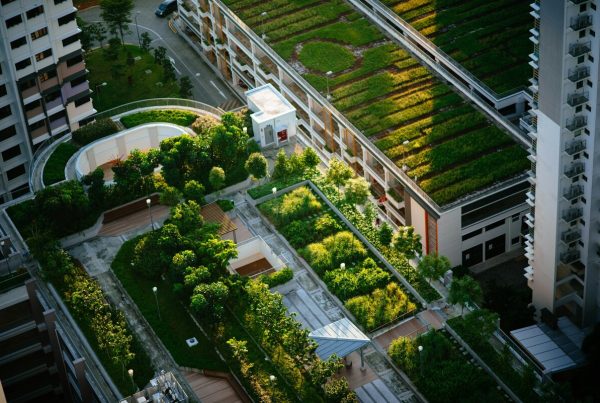I first read about Dongtan in Wired magazine back in 2007. The article, Pop-Up Cities, detailed the ambitious plans for the world’s first eco-city eco-city to be built from scratch on the marshy island of Chongming somewhere in China. It all sounded very good.
Man, they have it all figured out, I was thinking back then. Every detail of this bold urban planning project was carefully pondered, linking it with everything else in what the designers from London architecture bigwig Arup called a virtuous cycle.
Clever planning aided by software allowed them to determine the ideal number of peo2ple per acre, just how high the buildings should be, how to limit carbon footprint, how to create and maximize energy in this glimmeringly brand new sustainable eco-city, etcetera, etcetera—all without sacrificing the existing bird habitat on the island. With a little inspiration from China’s own water towns, they designed flood controls and storm barriers too.
Then I put down the magazine, went on with my life, and for the next five years completely forgot about Dongtan, assured already at the back of my mind that right at that moment, somewhere in China, a city is indeed popping up, with the best of intentions. A blank slate of a city so refreshingly new, governed by a new set of rules and policies that would be a win-win scenario for humans and nature. A new city unencumbered by the foolish ways of the past.
* * *
Of course now I know Dongtan never got built (or at least postponed indefinitely), save for a wind farm and a bridge-tunnel system linking Dongtan to Shanghai. Maybe the media attention Dongtan received put too much pressure on all parties involved. Maybe it was the pressure of the schedule which aims to have Dongtan all set in time for the Shanghai World Expo in 2010. Maybe some cities just rise, and some simply don’t.
I realize I had mistakenly read too deep into the article, assuming that all those beautifully-calculated plans being discussed were already taking shape. The article sounded so optimistic that I mistook it for reality. Of course, my bad. So that’s why there never was a proper photograph of Dongtan, only a map and diagram with legends. Should Wired have ran the article only when it was dead-sure Dongtan would really take shape, and not just for the simple, triumphant reason of being among the first in all of mediasphere to report about this new wonderful revolutionary city? Maybe.
It’s a classic case of counting your eggs before the chicken can hatch them. Then again, from this eco-city fail there are some lessons to be learned. Even Ford—and practically every manufacturer all over the world not just limited to cars but industries of all kinds—gleaned some very important lessons from Edsel.
* * *
Dongtan has been widely accused of greenwashing. Too much fanfare over the city’s many green virtues which eventually turned into a half-hearted project.
Shanghai Industrial Investment Corporation (SIIC) may have been well-meaning in their plans for Dongtan, but it lacked commitment. Urban planning, especially for whole new cities, needs total commitment—from designing to funding to maintenance, the whole works. The very basic question of who actually funds Dongtan was never made clear, which doomed the project right from the start. At least make that crucial aspect clear from the very beginning.
The thing about ideas is that it’s hard to unthink them. And the developers at Arup were mighty chockfull of fantastic, feasible ideas on greening the land. Those ideas might not have materialized, but they are still available.
All the good things that were once hoped for Dongtan would just go to waste if we don’t apply them to the cities we’ve already got. For developers, there’s still the empowering appeal of starting afresh in a brand new city built entirely from scratch. Arup has since moved on to create other eco-cities all over China (the influx of population in the coming years demands this). These eco-cities may not be the same scale as Dongtan, but no doubt they’re putting to use every bit of urban planning solutions proposed for Dongtan eco-city.
But why does it have to be an entirely new city, when we can retrofit our existing cities? The costs of retrofitting might flay us, true, but somewhere along the way we got to bite the bullet. Eco-cities have to be resilient. And Dongtan’s legacy of a blueprint can help us in this.
Probably it’s all for the best that Dongtan never got to be built. Those spoonbill birds might just prefer their land intact more than anything else.











